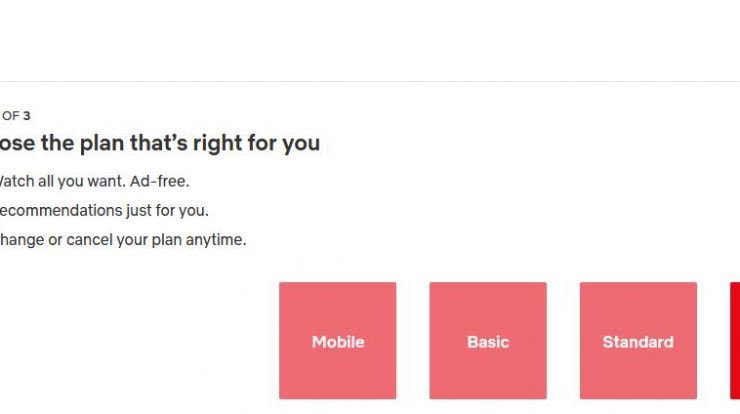

These are two large genres which are unavoidable apart from Hindi and English. "And the third part is that they will have to invest into originals in regional content, especially South Indian and Bengali. Price cut will help them penetrate deeper into the market because India is a price sensitive market so they will definitely see a spike in subscriptions," Taurani says.ĭubbed foreign content into regional languages, he says, will see a lot of traction. "Going forward, three things will play out: one is the pricing part. While Netflix has only 5 per cent of the total 102 million subscription video-on-demand (SVoD) subscribers in India, its premium pricing allows it to boast of a 29 per cent share in terms of revenues.īut is there a redeeming factor? Experts say that regional content is the key to India's masses. Global giants like Amazon, Disney and Netflix, along with homegrown OTT (Over The Top) players like Zee5 and AltBalaji, are battling it out for a larger chunk in the pie of a market expected to grow to 224 million by 2026, according to Media Partners Asia. This is why Netflix in India is considered to be nothing but a luxury by many. Not to forget its lineup of sports, news and other massy television offerings.
#NETFLIX PRICING 2016 FREE#
While Prime Video comes with a bundle offering to Prime Music and free delivery on Amazon, Walt Disney's Disney+Hotstar, which sell yearly plans for Rs 1,499, has Hotstar VIP, which is a more-affordable version of Hotstar Premium for regional Indian audiences. Amazon Prime Video announced a 50 per cent hike in its subscription prices from Rs 999 a year to Rs 1,499 annually. While Netflix is slashing prices, others are increasing it. In contrast, Prime Video entered India in the same year with an introductory price of Rs 499 per year.Īlso Read: Netflix's lack of success in India 'frustrating', says cofounder Hastings In 2016, Netflix entered India with annual subscription plans between Rs 6,000 and Rs 10,200, making it amply clear that it's not eyeing the masses. Both Netflix and Prime Video in the US are priced around $8.99 (around Rs 669) per month. If Netflix wants to lure more Indian masses, it'll have to give up on its premium pricing. Experts feel that Netflix has not taken into account the purchasing power parity in India where the richest 98 Indians own the same wealth as the bottom 552 million people, according to Oxfam.

Netflix seems to be stuck between a rock and a hard place when it comes to getting the mix of price and premiumness right. But this is hardly the India that Netflix is targeting. It found that an additional 23 crore Indians fell below the national minimum wage poverty line (which is Rs 375 per day) one year after the COVID-19 pandemic. A study by the Centre for Sustainable Employment (CSE) at Azim Premji University studied the impact of the pandemic on jobs, incomes, inequality, and poverty in India. India has an average monthly wage of Rs 32,800 which makes it one of the lowest-ranking countries when it comes to take-home income. This begs the question: Does Netflix need to rethink its content and pricing strategy in India? The thing that frustrates us is why haven't we been as successful in India. In a recent earnings call he said, "In every single other major market, we've got the flywheel spinning.

And thus, Netflix cofounder Reed Hastings' "frustration" is understandable. This is certainly not good news for a company betting on India for its next 100 million subscribers. If you have a Netflix subscription, you're considered to be a part of top 5 per cent of the country's earning population. In India, Netflix is not merely a video streaming platform it's a marker of privilege.


 0 kommentar(er)
0 kommentar(er)
